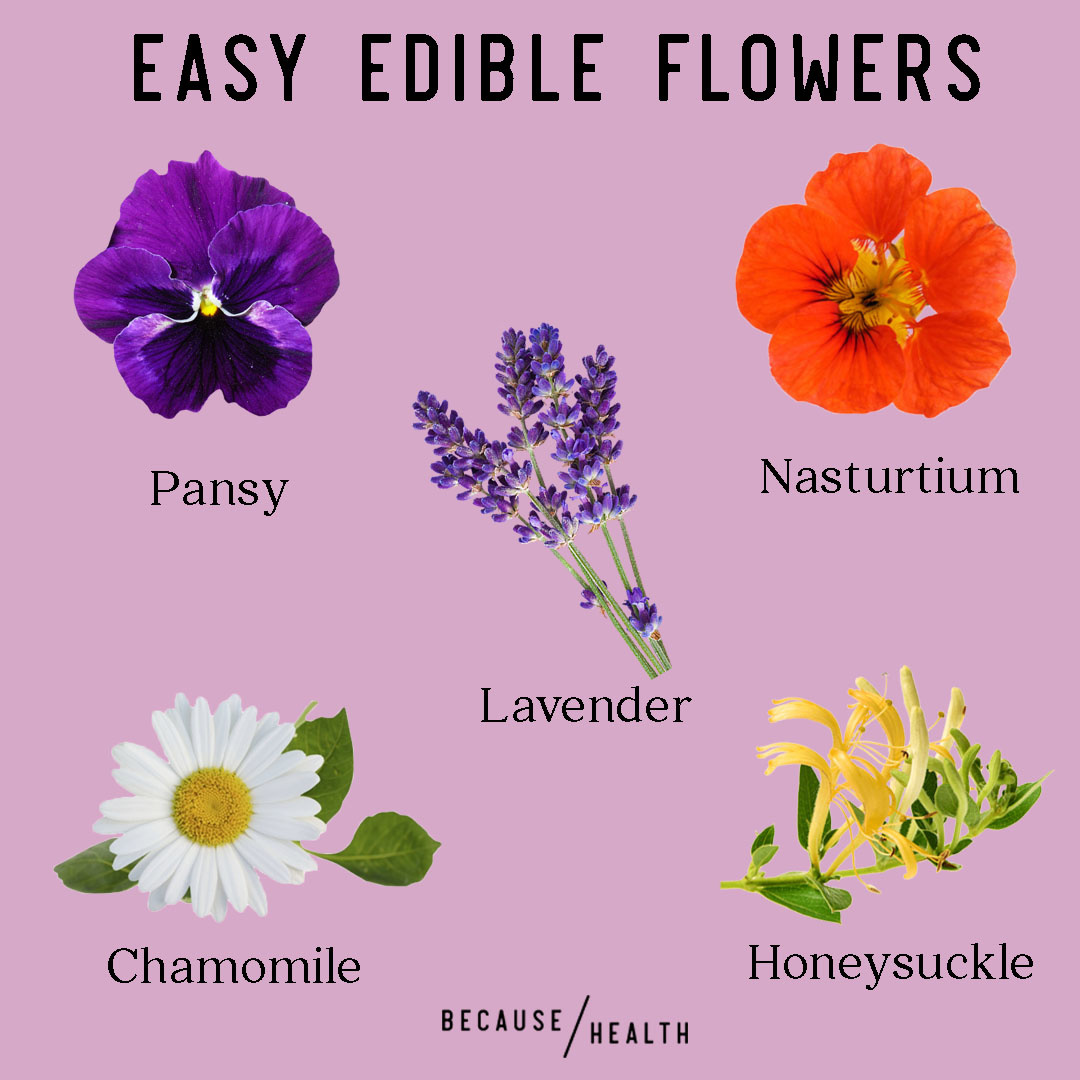Edible flowers not only add beauty to your garden but also enhance the taste of your food. Growing your own edible flowers allows you to enjoy their freshness and flavors without harmful pesticides. Whether you are a seasoned gardener or a novice, here’s a comprehensive guide on how to grow edible flowers successfully.
Choosing the Right Flowers
It’s essential to select edible flowers that are safe for consumption and free from pesticides. Some popular choices include:
| Edible Flowers | Characteristics |
|---|---|
| Roses | Delicate flavor, sweet aroma |
| Nasturtiums | Peppery taste, vibrant colors |
| Calendula | Colorful petals, earthy flavor |

Credit: www.facebook.com
Preparing the Soil
Before planting, ensure the soil is well-drained and rich in organic matter. Mix compost or well-rotted manure into the soil to provide essential nutrients for the flowers. A neutral pH level is ideal for most edible flowers.
Planting and Care
When planting edible flowers, consider the specific needs of each flower, such as sunlight requirements and watering frequency. Here are general guidelines:
- Choose a sunny spot with at least 6 hours of sunlight per day.
- Space the plants according to their mature size to allow proper air circulation.
- Water the flowers regularly, especially during dry periods, but avoid overwatering.
- Use organic fertilizer sparingly to promote healthy growth.
Harvesting Edible Flowers
Harvesting at the right time is crucial to ensure the best flavor and quality of the edible flowers. Here’s how to harvest different types of edible flowers:
Roses
Pick roses in the early morning when the petals are fresh and the fragrance is strong.
Nasturtiums
Harvest nasturtiums just as the flowers are about to fully open for the best flavor.
Calendula
Gather calendula when the flowers are fully open but before they start to wilt.
Storing and Using Edible Flowers
Proper storage helps to maintain the freshness and flavors of edible flowers. After harvesting, follow these steps:
- Gently wash the flowers to remove any dirt or insects.
- Place the flowers on a paper towel to air dry or use a salad spinner for gentle drying.
- Store the flowers in a sealed container with a paper towel to absorb any excess moisture.
Edible flowers can be used to decorate salads, desserts, and drinks. Always use flowers that are free from pesticides and consume them in moderation to avoid any adverse effects.

Credit: www.amazon.com
Frequently Asked Questions For How To Grow Edible Flowers: Transform Your Garden With Vibrant And Nutritious Blooms
How Do I Grow Edible Flowers In My Garden?
To grow edible flowers in your garden, choose a sunny spot with well-drained soil and start by preparing the soil properly. Select suitable flower varieties and sow the seeds or plant seedlings according to the planting instructions. Water regularly, ensure proper fertilization, and protect the plants from pests and diseases.
Harvest the flowers when they are fully bloomed, and enjoy them in various culinary creations.
Which Flowers Are Best Suited For Edible Gardening?
Some popular edible flowers for gardening include marigold, nasturtium, pansy, lavender, chamomile, and rose. These flowers not only add beauty to your garden but also provide a range of flavors and colors to enhance your dishes.
What Are The Benefits Of Growing Edible Flowers?
Growing edible flowers not only adds aesthetic appeal to your garden but also offers various benefits. Edible flowers can provide a natural source of vitamins, minerals, and antioxidants. They can add unique flavors and visual appeal to your culinary creations.
Additionally, some flowers have medicinal properties and can be used in herbal remedies.
How Can I Incorporate Edible Flowers Into My Cooking?
To incorporate edible flowers into your cooking, ensure that you use only flowers that are safe for consumption. Wash the flowers thoroughly and remove any green parts or petals that may have a bitter taste. Use the flowers as garnishes in salads, desserts, cocktails, or infuse them into oils, vinegars, and syrups.
Be creative and experiment with different recipes to explore their delicate flavors.
Conclusion
Growing edible flowers can be a rewarding and enjoyable experience. By choosing the right flowers, preparing the soil, and providing proper care, you can create a beautiful and bountiful edible garden. Remember to harvest and store the flowers correctly to savor their freshness and flavors in your culinary creations.
